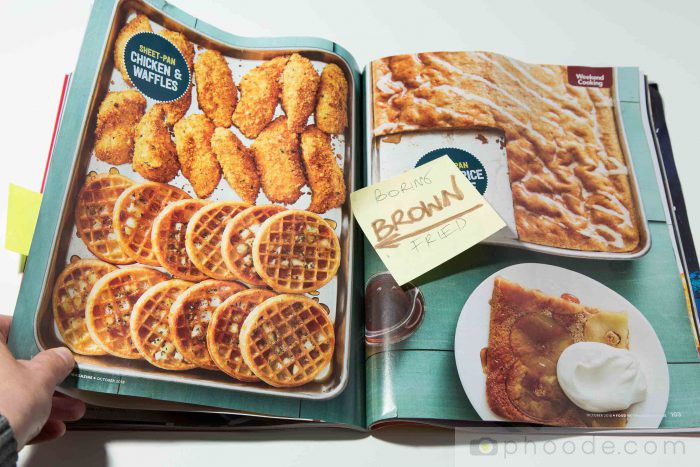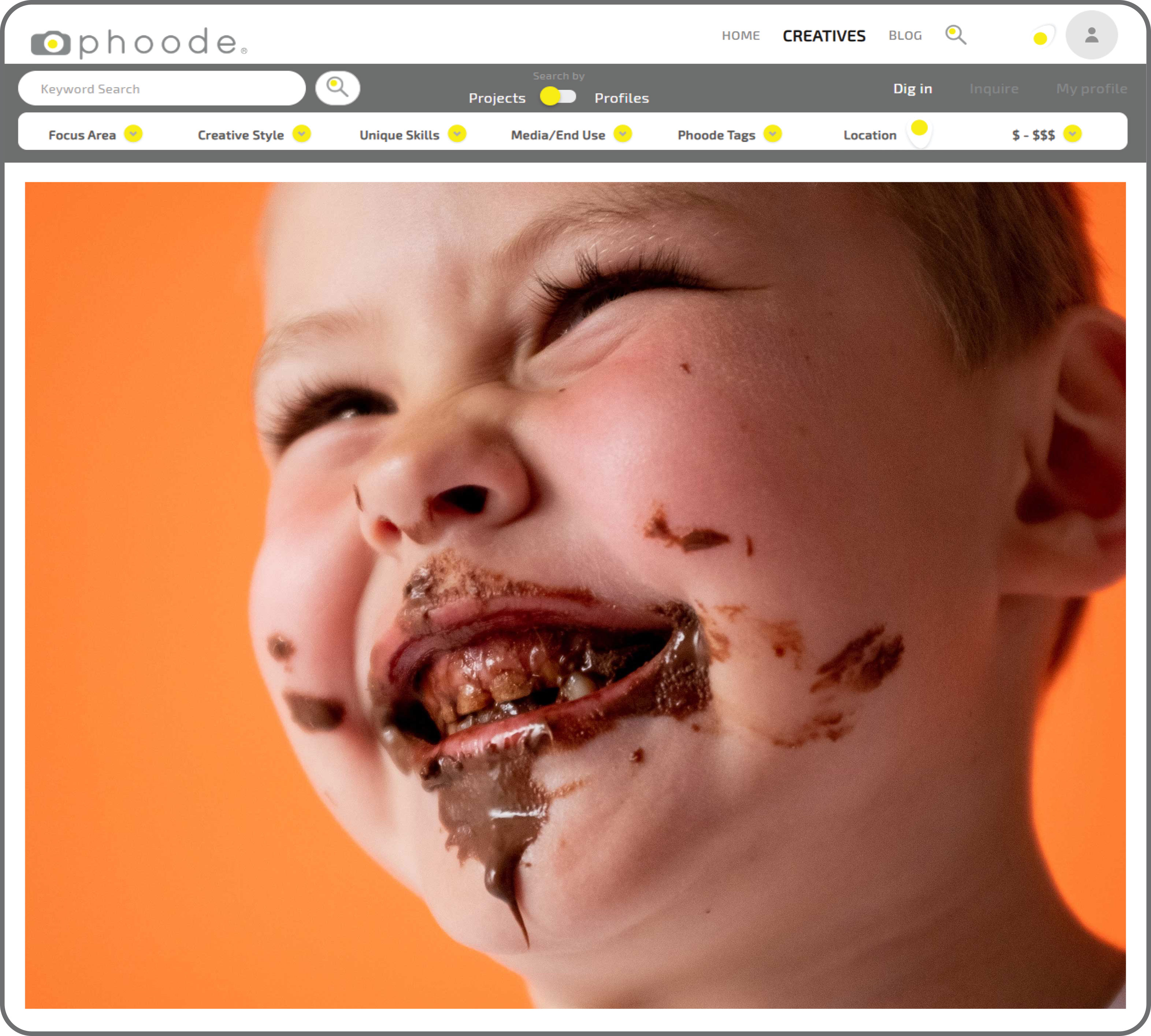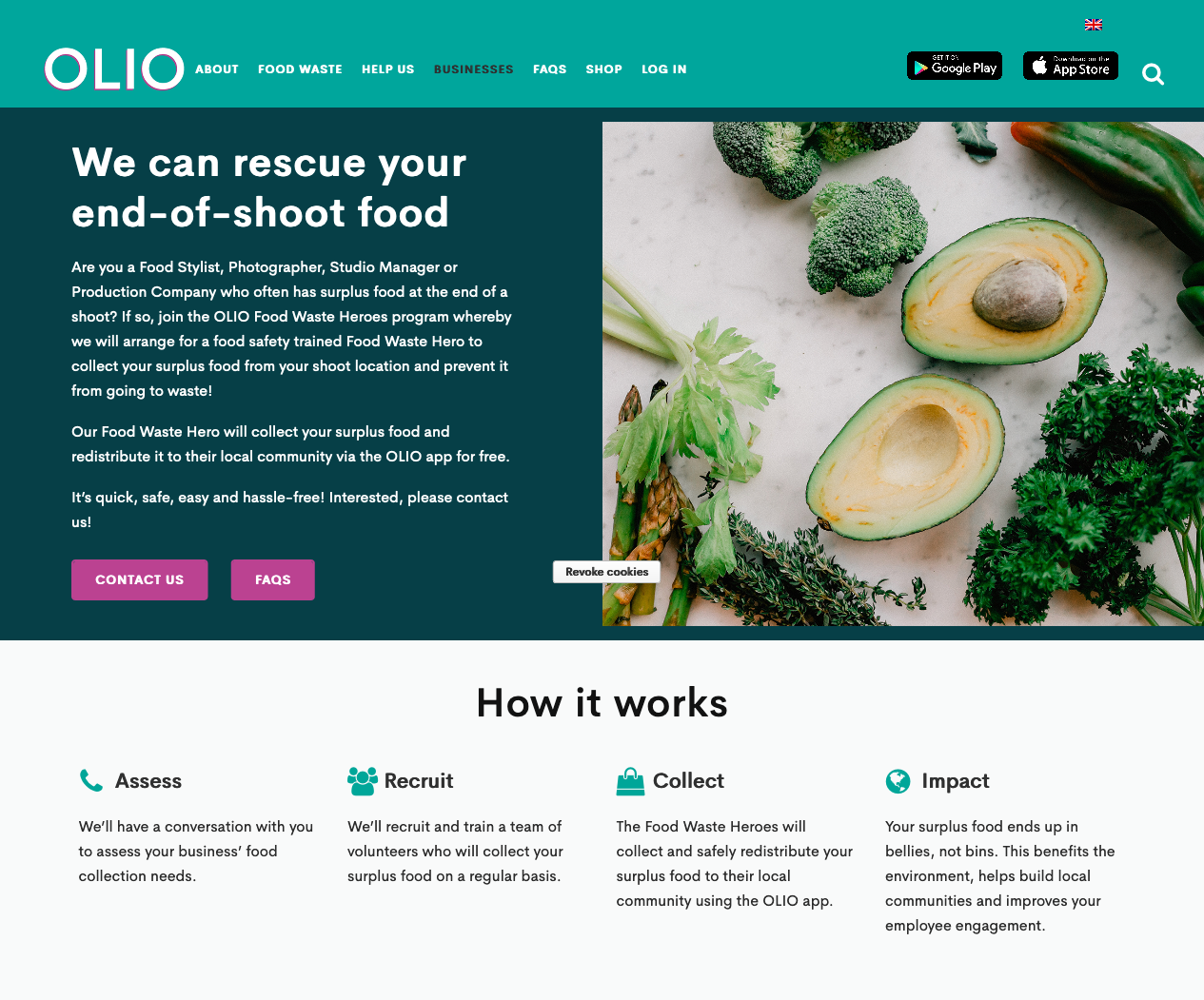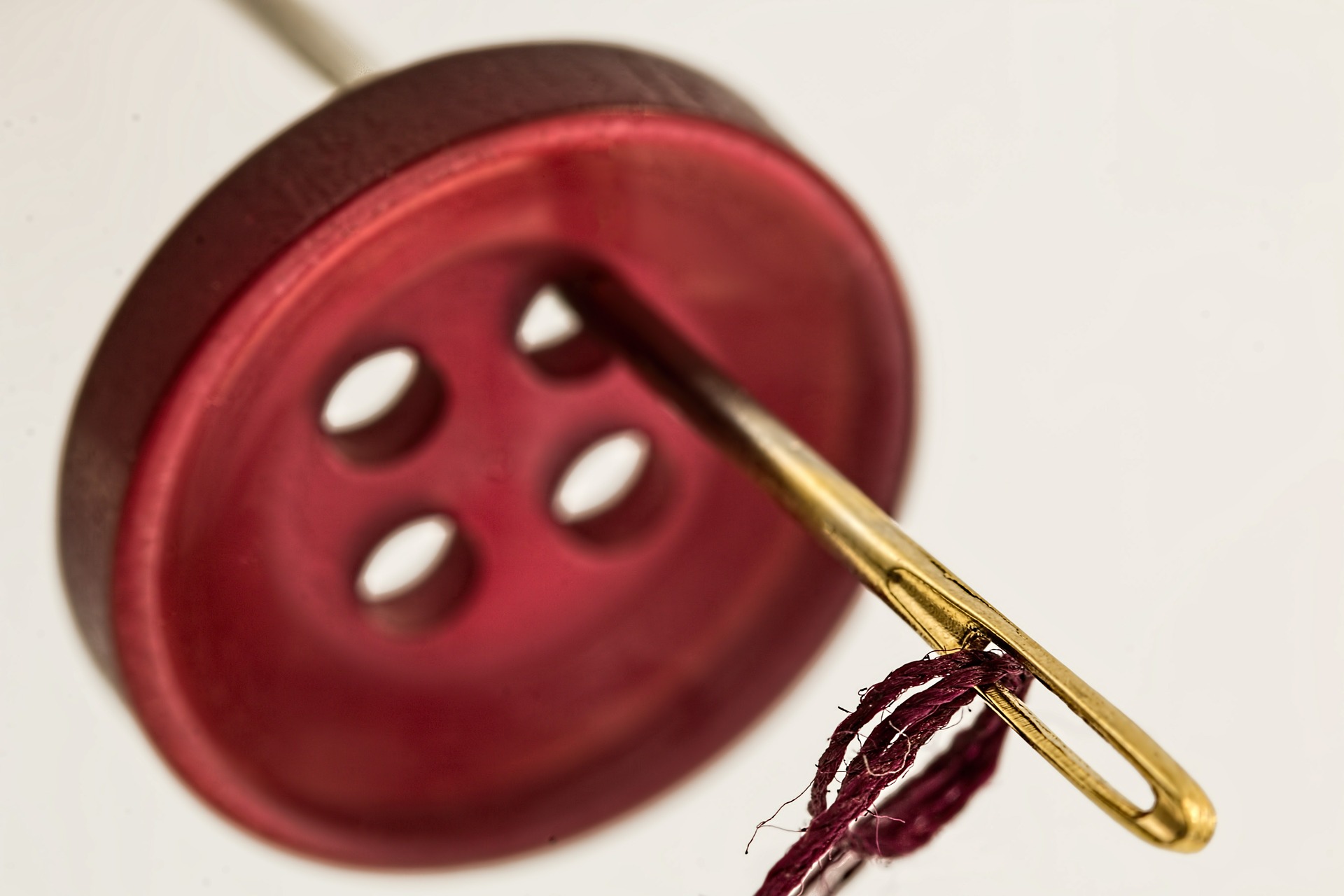How Food Photography Uses Repetition and Pattern
What makes a pattern?
By definition, a pattern is a series of repeated regularities. In the context of visual art, pattern refers to a recurring graphic element such as shape or color. Often times, a pattern’s function is to bring order and make the things that we are seeing easier to process.
Pattern is polarizing
Repetition often implies monotony and tedium – two words no artist wants attached to their work. Fearful of producing stale content, some artists reject order and organization altogether (often to their own detriment). Unfortunately, these negative connotations stem from a basic misunderstanding of just how much power and prevalence patterns have over us. They dictate how we speak and write to one another. A scientific finding is not accepted as fact unless it can be repeated again and again and again.
The truth is that people are logical animals, and the semblance of predictability and order gives us a deep sense of comfort. Patterns may seem a bit hum-drum conceptually, they bring pieces to life in practice and are capable of making a creative statement all on their own.
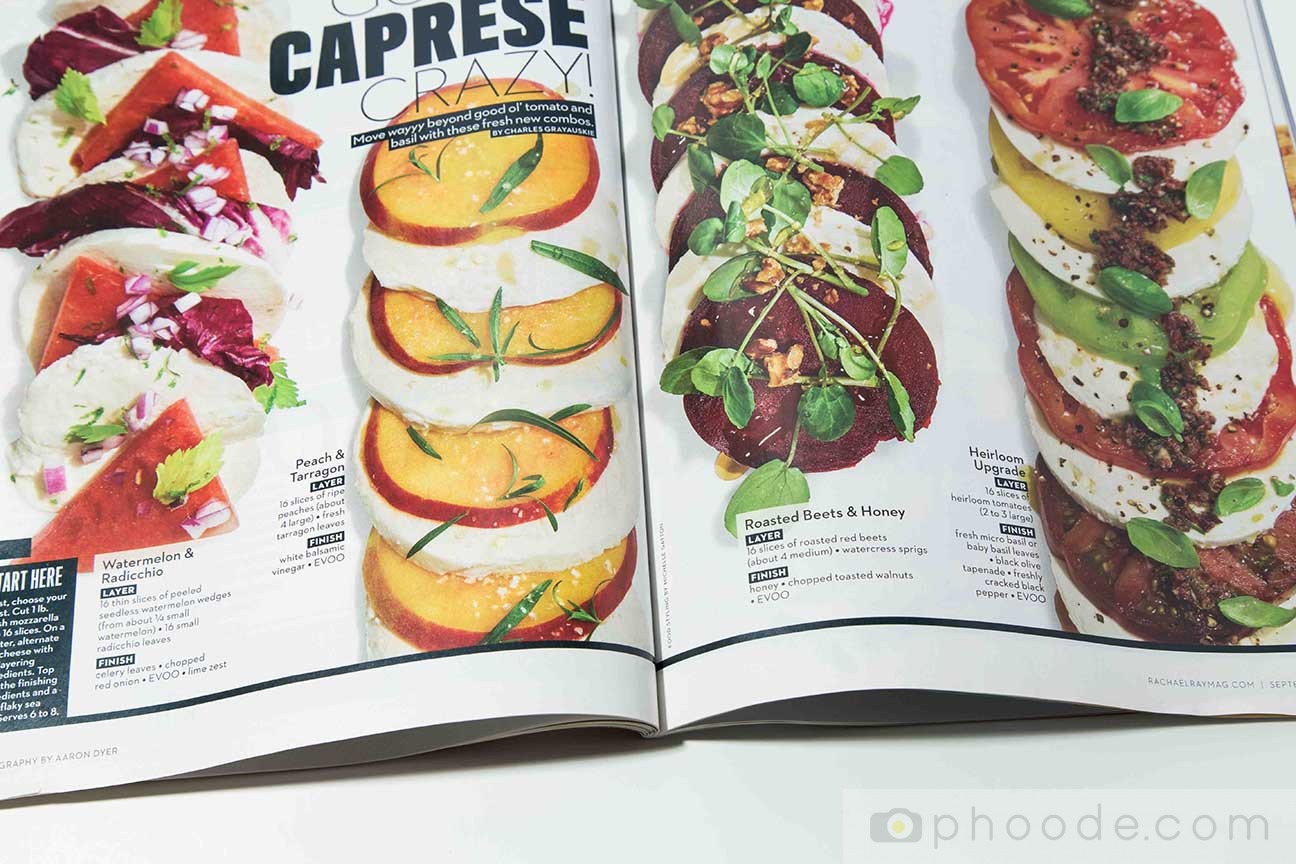
Pattern ≠ Uniformity
All of that information may seem a bit redundant – after all, most children have a good grasp of what a pattern is by the time they enter kindergarten. However, it’s a precursor necessary to debunk one of the most prevalent misbeliefs on the subject.

Patterns are rarely perfect
When we are first taught about patterns, they’re often presented in neat, precise terms. However, as with most things in life, patterns are rarely perfect. Take, for example, the seeds of a sunflower. From a distance, the kernels may look identical. However, the closer you examine, the more differences become appearance. Each seed has slight variations in coloration and texture. When broken open, no two shells will break in precisely the same way. However, just because the seed aren’t identical does not mean that they’re incapable of creating a pattern.
Take a hard look at the skin of an orange or lemon. If you look closely, you’ll see small divots all across the surface. Even though no two are the same, they’re relatively evenly spaced out and approximately the same shape and depth. It’s reasonable to expect that every few millimeters, a new divot will follow the last and so on. Because there’s an element of predictability as to what comes next, this qualifies as an effective pattern. When you boil everything down, the divots express the same idea even if they aren’t exactly identical.
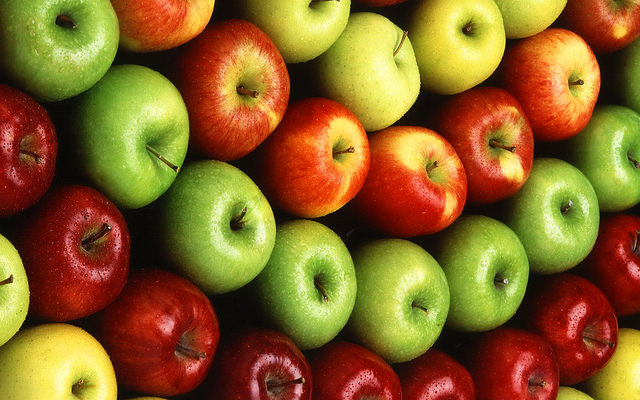
Examples of patterns in food photography
At this point, you may be wondering to yourself how all of this fits into the food industry. Whether or not you notice them, patterns form naturally within our foods and deliberately in the ways that we display them. Some easy to recognize examples include:
- While growing in a field, farmers plant rows of crops spaced evenly apart from one another. Home gardens are segmented in order to keep better tabs on where certain plants are growing.
- Supermarkets strategically organize their meats and produce displays to make customer’s shopping experience easier. Fruits are often arranged in ways such that contrasting colors rest next to one another in order to help them stand out and look a bit more vibrant than they otherwise would. Butchers often show their cold cut selections in tight rows through a display counter.
- Some foods use patterns implemented for practical or aesthetic purposes. Think of the tiers of a wedding cake, which generally alternate layers of cake with layers of frosting.
- Other foods naturally contain patterns. The way in which an orange or a grapefruit naturally divides into slices is an extremely common pattern. Another prevalent pattern are the kernels of a corn cob, which are similar sizes and colors growing in relatively even rows.
- Macro food photography can even reveal patterns within the structure of our food. For instance, think of the tiny holes within a slice of bread or the small seeds of a strawberry. Normally, you may overlook these small details, but getting close up reveals further minute patterns.
As a result, pattern is an especially beneficial tool in the realm of food photography. Often times, there are already patterns to work with within the subject matter. As a photographer, it’s your job to identify them and emphasize them in a way that makes the food itself more interesting.
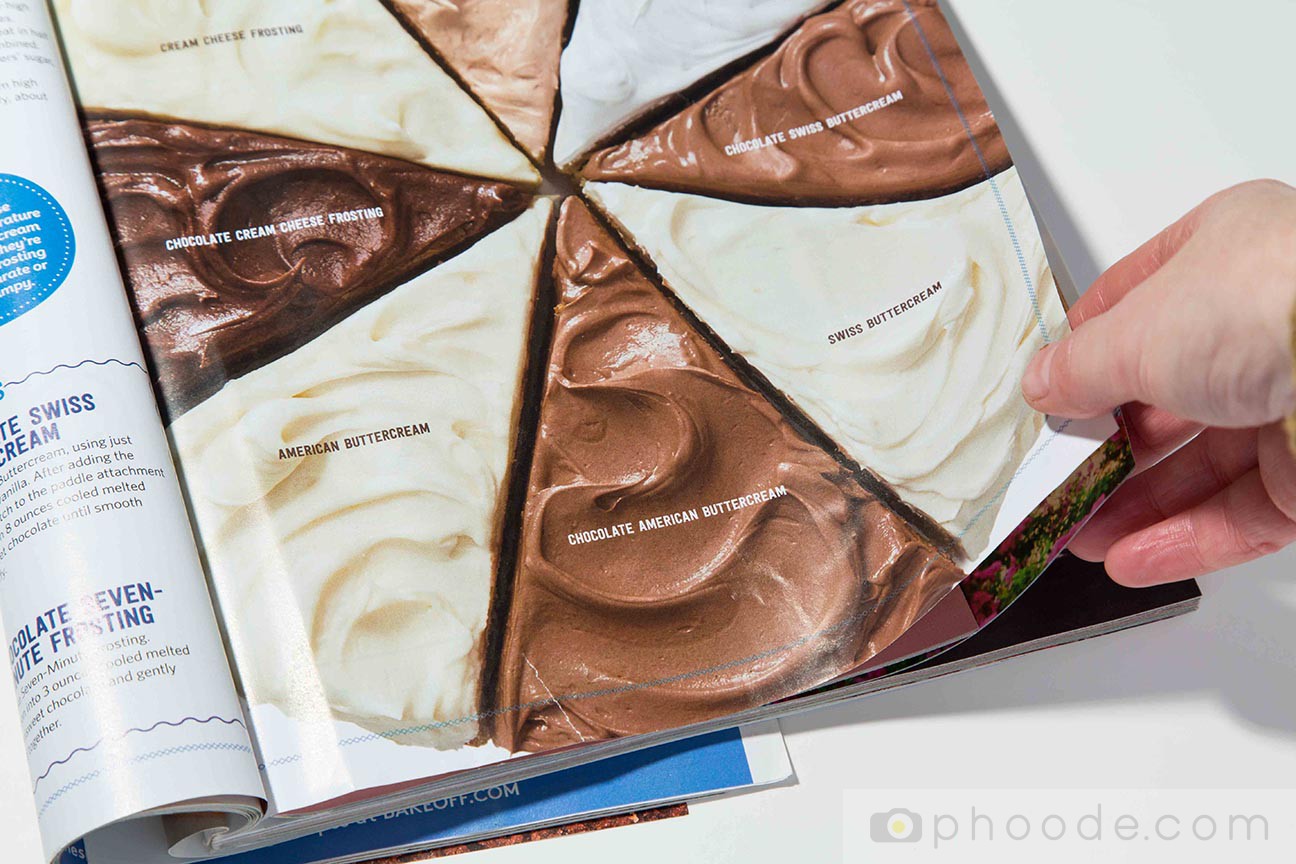
How to translate patterns into your food photographs?
Patterns are to photography what rhythm is to music. They direct the ways in which our eyes move around a photograph, leading from one point of interest to another. Without pattern in play, photography would quickly become dull and static. What’s important to understand as a content creator is that pattern’s purpose spans far beyond aesthetics. From a commercial standpoint, they can be strategically used to form lasting impressions and hold the attention of onlookers for longer periods of time.
How, you ask? Here are a few means of playing with pattern that you may want to take into consideration before heading off to your next photo shoot.
Bring the unexpected into pattern
When working with patterns, your viewer begins to build an expectation as to what to expect next. Breaking their expectation is a surefire way to grab attention. You don’t have to limit your photographs to a single point of interest. Some spots of bright color among a mostly neutral palette would likely attract more views than something that’s entirely monotone. By mixing things up, you encourage exploration through your picture. For food photographers working with expansive table spreads, the use of pattern can prevent audiences from getting lost within the composition.
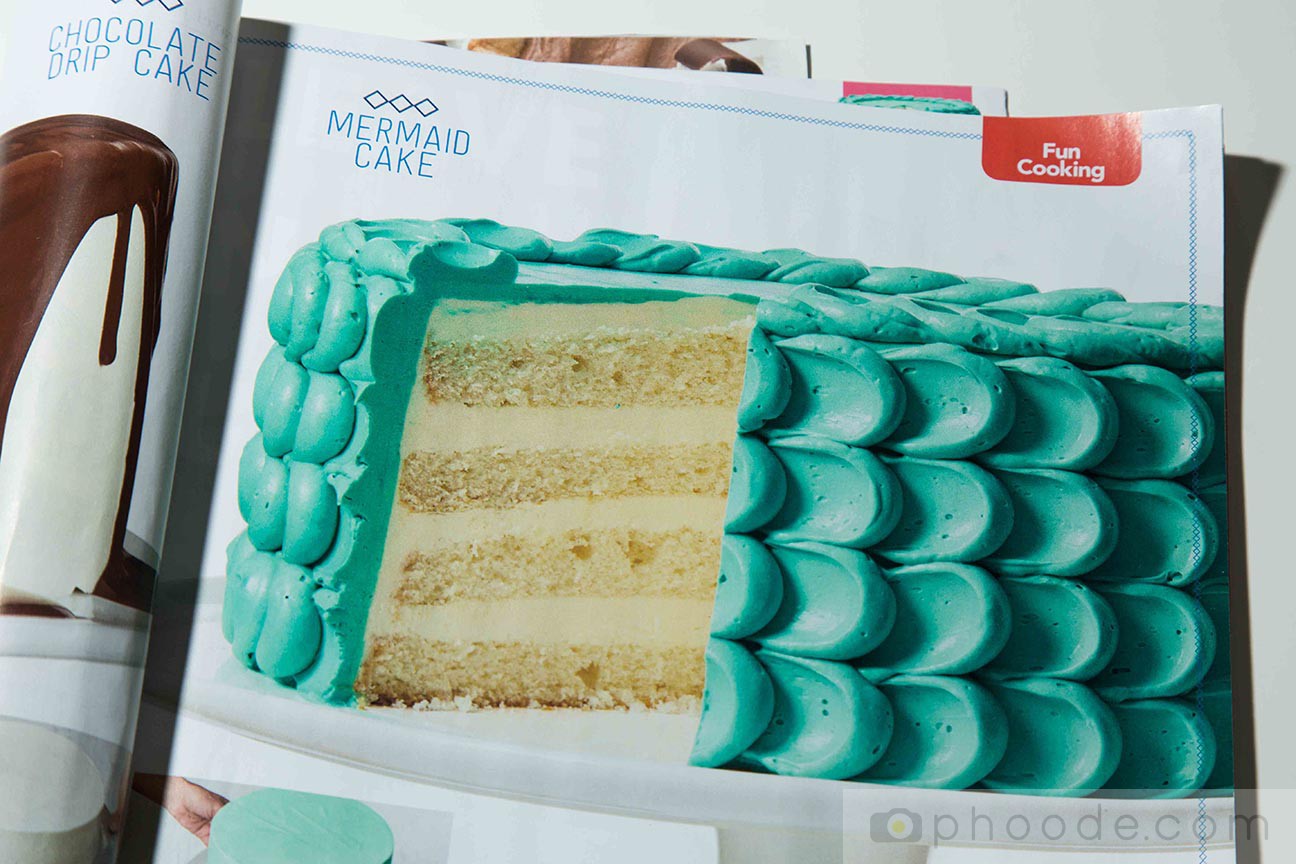
Breaking up the pattern
Omitting a piece from a pattern (as oppose to switching an existing pattern around in an unexpected way) may seem a bit counterintuitive. But for a moment, try to visualize the following scene:
You’re browsing the produce section of a supermarket when you come across a display for apples. They’re all stacked neatly in rows, Golden Delicious next to Granny smiths next to Cortlands and Braeburns. Everything is perfectly symmetrical, lit in a way such that the colors stand out against one another. Imagine taking the best apple out of the middle of the display and placing it in your shopping cart. By picking out an apple out of the bunch, you’ve created a hole in the display that sticks out like a sore thumb.
In the context of photography, this technique forces viewers to hyper-focus on one spot. It creates an interruption, a break in the flow the surrounding pattern creates. Furthermore, breaking the pattern can be used as a narrative device, inviting onlookers to contemplate why the break is occurring.
Paterns help to make a visual impact
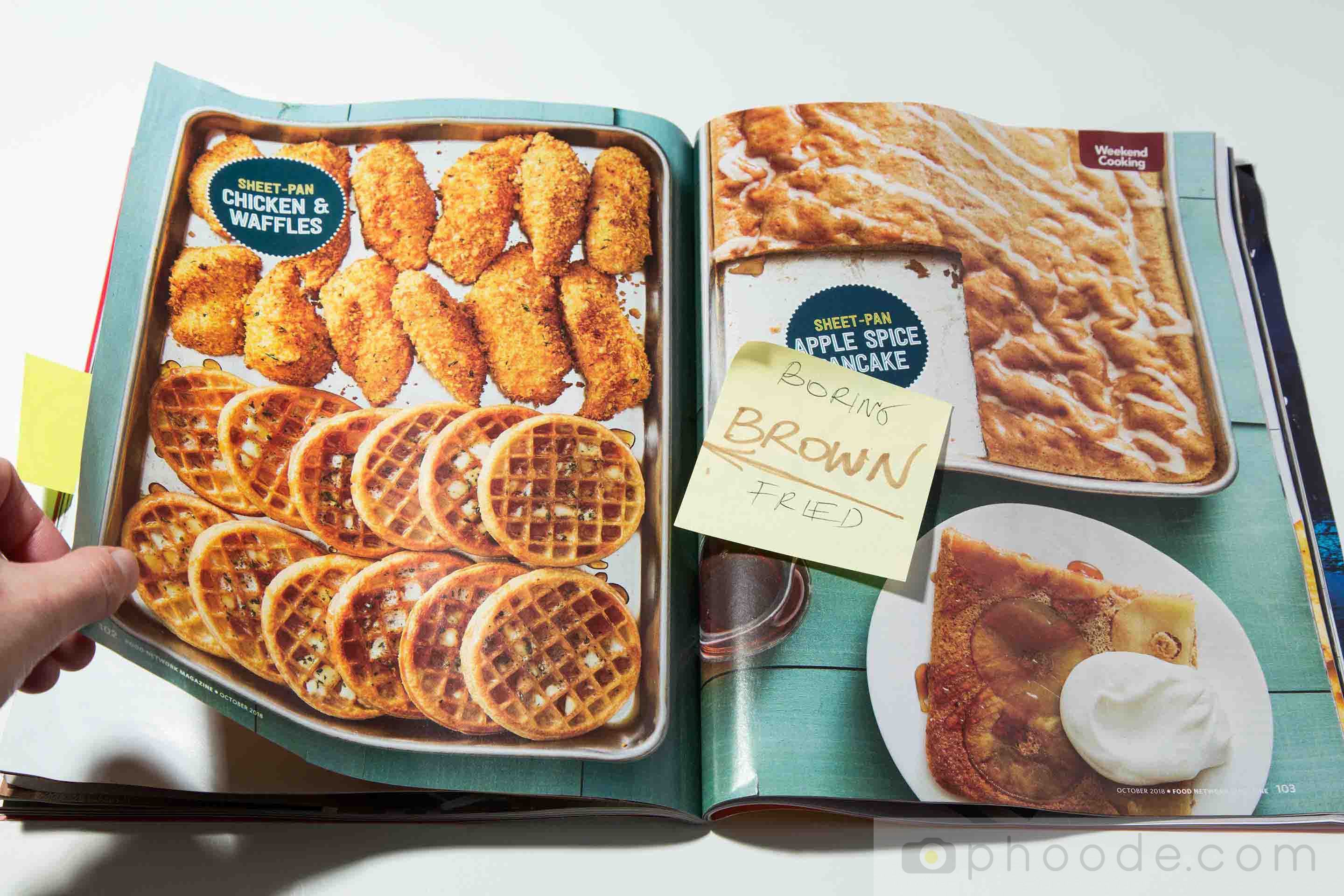
Doubling down and adding emphasis
Lastly, fully embracing and emphasizing the strongest features of a pattern often demands attention. Take a look at whatever it is that you’re photographing, identify what makes it distinct, and roll with that. If you’re photographing a plain, boring bowl of pea soup, think how to build layers with it. Consider resting it on top of a circular green plate and placemat and shooting from above to the repetition in shapes. If you’re working with a bunch of grapes, consider taking them off of the vine and repositioning them in a way that shows off just how numerous the fruit is.
It’s easy to overlook, but all of us rely on patterns as a way of interpreting, navigating, and generally making sense of the world. If you look hard enough, there’s patterns just about everywhere you look – including our food. Therefore, they’re an indispensable visual tool in the world of commercial food photography. The more pattern is incorporated into your food images, the easier it becomes for viewers to connect to what they’re being shown.




